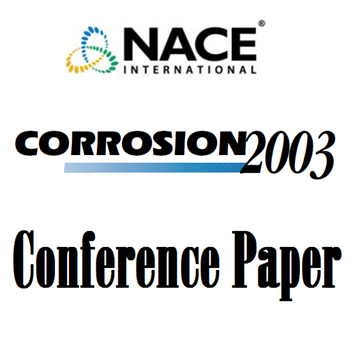Search
03067 MONITORING MICROBIOLOGICAL ACTIVITY IN A WASTEWATER SYSTEM USING ULTRAVIOLET RADIATION AS AN ALTERNATIVE TO CHLORINE GAS
Also Purchased
05068 Emerging Corrosion Prevention and Control Technologies for Wastewater Treatment Plants
Product Number:
51300-05068-SG
ISBN:
05068 2005 CP
$20.00
02451 MIC ON STAINLESS STEELS IN WASTEWATER TREATMENT PLANTS FIELD TESTS AND A RISK ASSESSMENT
Product Number:
51300-02451-SG
ISBN:
02451 2002 CP
$20.00
03060 HYDROGEN SULFIDE AND MICROBIOLOGICALLY INFLUENCED CORROSION OF CONCRETE, STEEL AND DUCTILE IRON IN WASTE WATER FACILITIES
Product Number:
51300-03060-SG
ISBN:
03060 2003 CP
Publication Date:
2003
$20.00




